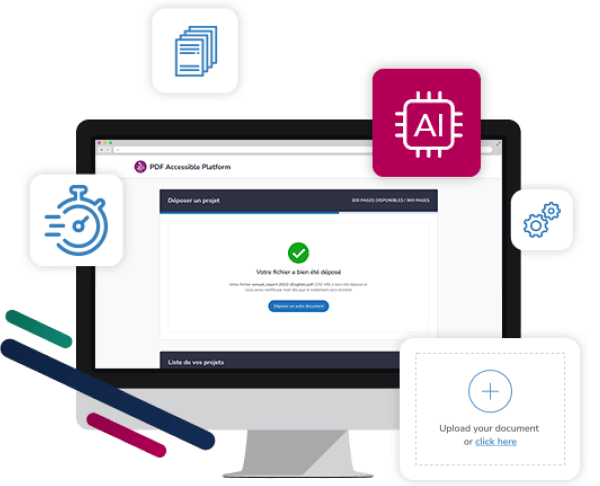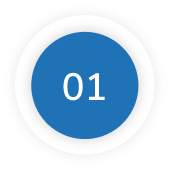PDF Accessible PlatformMake your PDFs compliant and accessible to everyone, effortlessly with AI!
Easily bring your existing PDF documents into compliance with accessibility standards using our patented AI-powered technology. AxessTag AI ensures fast, reliable remediation aligned with PDF/UA, EN 301 549, and RGAA standards.

Why make your PDFs Accessible?
PDFs are often inaccessible for people using screen readers. For people with disabilities who rely on these, PDF documents often present serious accessibility challenges. Navigating lengthy reports, skipping to relevant sections, or simply understanding the document structure can be time-consuming — and even lead to a loss of independence.
Yet PDFs are everywhere throughout the web: market research reports, financial statements, expert assessments, and more. And nearly 20% of working-age adults in France live with a disability.
Scan your website now to find out how many PDFs it contains
Making your digital content accessible is more than just a legal requirement — it’s a social responsibility and a major step toward true digital inclusion. Regulatory frameworks such as the European Accessibility Act (EAA), France’s Disability Rights Law, and standards like PDF/UA, EN 301 549, and RGAA have made accessibility compliance mandatory.
DocAxess’s PDF Remediation Platform helps you meet these obligations easily and effectively — ensuring your content is inclusive, compliant, and fully accessible to all users.
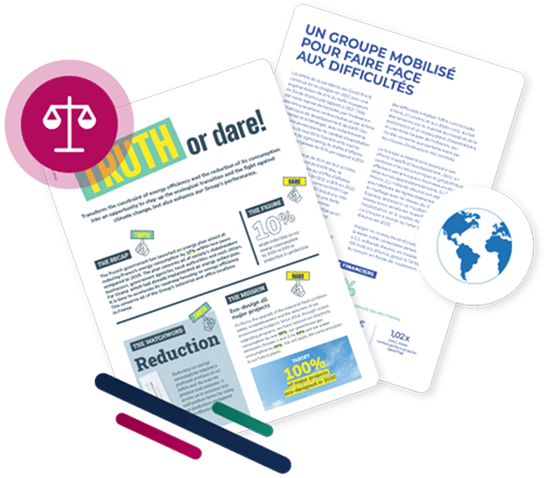
How to make a PDF Accessible?
There are two main approaches:

Manual method – during document creation
This is the traditional approach and is best suited for low-volume projects. However, it is often time-consuming and technically complex.

Automated method – for existing PDFs
Fast, scalable, and cost-effective — this approach is ideal for large volumes or legacy documents.
Download our in-depth comparison study: AxessTag AI vs Adobe AutoTag :
Why choose DocAxess’s PDF Remediation platform?
PDF Remediation process: simplicity and speed
The PDF Remediation process on the DocAxess Platform unfolds in 6 simple steps:
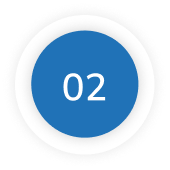
Our AxessTag AI technology automatically analyzes your file
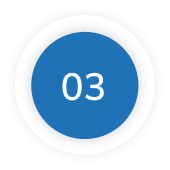
Up to 80% of the content is tagged and structured automatically within minutes
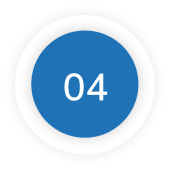
The remaining 20% is manually remediated by our expert team
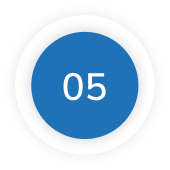
The document is reviewed and validated by our Quality Assurance team
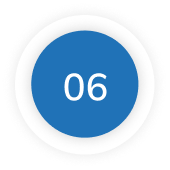
You receive a fully accessible file, along with its PAC compliance certificate

Bonus Feature: Real-time project tracking
Our intuitive platform offers real-time tracking of your documents at every stage — plus a built-in messaging system to answer all your questions as the process moves forward.
What are the average processing times?
Processing time depends on the document’s complexity — for example, a Universal Registration Document (URD) versus a standard marketing brochure. However, here are the average processing speeds:
Manual processing
20–30 pages per day
With PDF Remediation Platform
360–380 pages per day
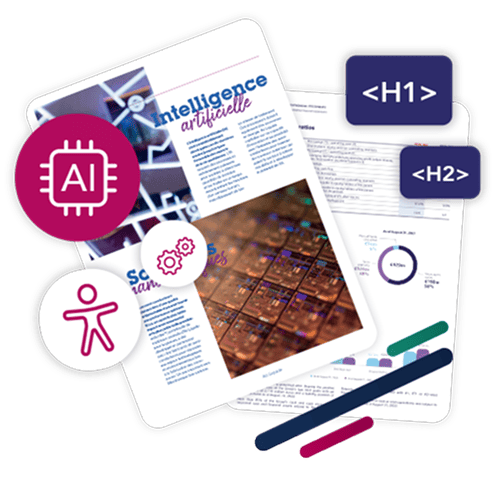
Concrete tagging results
Get reliable, compliance-ready results with clear and consistent tagging :
Criteria processed by our AI
Our AI can identify, structure, and tag data within a PDF to enhance its accessibility. The table below outlines the PDF/UA standards that have been considered, along with their alignment with European standards. Only the criteria related to data structuring and content accessibility within a PDF have been included.
| PDF/UA Standard | Equivalent to the European Web Standards (EN 301 549 V3.2.1) | Additional Information on the Results |
|---|---|---|
| 7.1 General | 1.3.1 Info and relationships | The actual content is tagged with standard tags |
|
Artifacts do not appear in the structural tree
|
||
| 7.2 Text | 3.1.1 Language of document | Reading order |
| The main language is recognized and defined | ||
| 7.3 Graphics | 1.1.1 Non-text content | Images and artifacts |
| Generated alternatives | ||
| 7.4 Headings | 1.3.1 Info and relationships | Hierarchical headings |
| Non-hierarchical headings | ||
| 7.5 Tables | 1.3.1 Information et relations | When the layout is standard |
| 7.6 Lists | 1.3.1 Information et relations | Including nested lists |
| 7.8 Page headers and footers | 1.3.1 Information et relations | Elements repeated on each page |
| 7.9 Notes and references | 1.3.1 Information et relations | Each note has a unique identifier |
| 7.10 Optional content | 1.1.1 Non-text content | Non-rendering of elements such as layers and comments |
| 7.12 Article threads | 1.3.2 Meaningful sequence | Reading order |
| Hierarchical headings and bookmarks | ||
| 7.17 Navigation | 1.3.2 Meaningful sequence | Accessible from the table of contents |
| 7.18 Annotations | 2.4.4 Link purpose (in context) 2.4.3 Focus order |
Annotations, tab order, links |
| 7.20 XObjects | Specific to PDF | Inherent to the file |
| 7.21 Fonts | Specific to PDF | Inherent to the file |
Comparison Study: AxessTag AI vs Adobe AutoTag
With growing digital accessibility requirements, choosing the right solution is critical. Our in-depth comparison between DocAxess’s AxessTag AI and Adobe AutoTag reveals key takeaways:
While both solutions deliver strong performance in automating PDF tagging, AxessTag AI stands out on several complex criteria:
- Advanced table recognition and structuring
- Efficient handling of tables of contents
- Superior visual and textual integrity preservation
AxessTag AI pays meticulous attention to detail, making the accessibility process faster, smoother, and more reliable — a trend confirmed across all evaluated benchmarks.
Read our full blog article on the comparison study
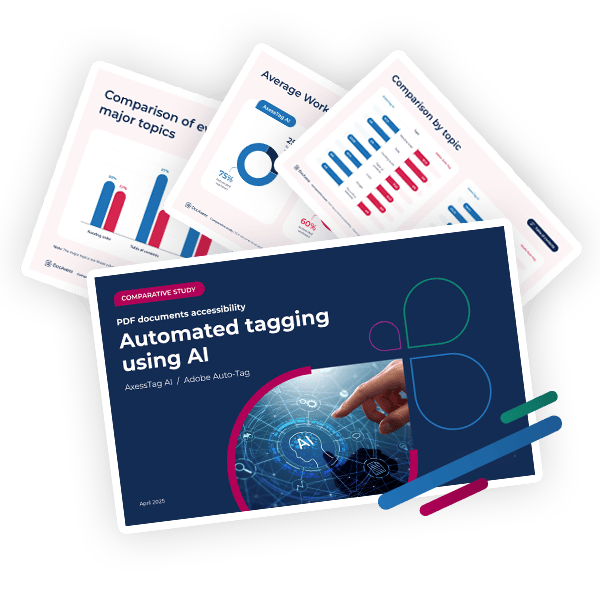
To explore all the details and choose the best solution for your needs:
What are the business benefits of using the PDF Remediation Platform?

Fast and guaranteed compliance with RGAA, PDF/UA, and the European Accessibility Act.

Improved access to your content for all users, including people with disabilities.

Enhanced brand image as a responsible and inclusive organization.

Significant savings in time and internal resources.
Highlight your accessibility and inclusion efforts with PubliSpeak, our solution that transforms your PDFs into fully accessible web pages.
